What size range hood can you use?
hodie21
15 years ago
Featured Answer
Sort by:Oldest
Comments (11)
worthy
15 years agooruboris
15 years agoRelated Professionals
Carney Architects & Building Designers · Charleston Architects & Building Designers · Daly City Architects & Building Designers · Spring Valley Architects & Building Designers · Newington Home Builders · Sunrise Home Builders · Walker Mill Home Builders · ‘Ewa Beach General Contractors · Harvey General Contractors · Marinette General Contractors · Mashpee General Contractors · Medford General Contractors · Renton General Contractors · Shaker Heights General Contractors · Union Hill-Novelty Hill General Contractorsworthy
15 years agoworthy
15 years agooruboris
15 years agosombreuil_mongrel
15 years agomightyanvil
15 years agosue36
15 years agobrickeyee
15 years agomightyanvil
15 years ago
Related Stories

5 Stunning Modern Range Hoods
Today's kitchen range hoods can look like sleek sculptures. Here's what to look for when you go shopping for one
Full Story
KITCHEN APPLIANCESWhat to Consider When Adding a Range Hood
Get to know the types, styles and why you may want to skip a hood altogether
Full Story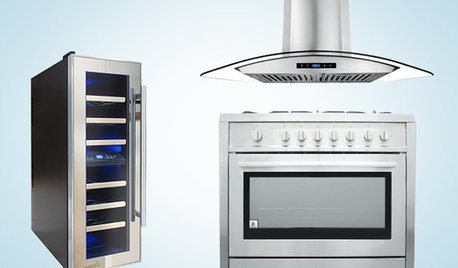
SHOP HOUZZShop Houzz: Up to 60% Off Range Hoods and Kitchen Appliances
Update your kitchen with a new stove, range hood and wine fridge
Full Story0
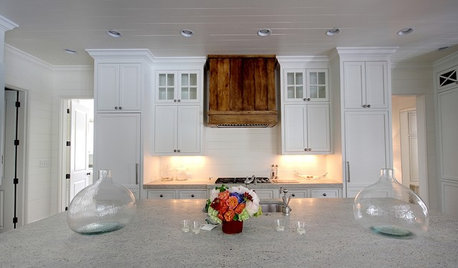
KITCHEN DESIGNWood Range Hoods Naturally Fit Kitchen Style
Bring warmth and beauty into the heart of your home with a range hood crafted from nature's bounty
Full Story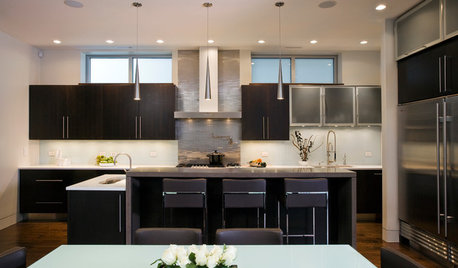
SHOP HOUZZShop Houzz: Bestselling Range Hoods and Vents
Shop our most popular range hoods and vents to modernize your kitchen
Full Story0
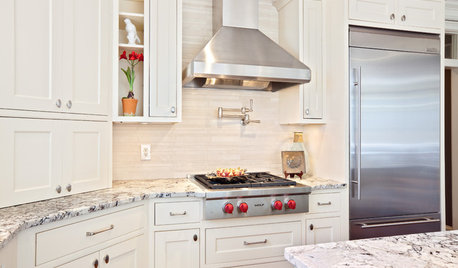
KITCHEN DESIGNHome Above the Range: Smart Uses for Cooktop Space
With pot fillers, shelves, racks and more, you can get the most function out of the space above your kitchen range
Full Story
KITCHEN DESIGNWhat to Know When Choosing a Range Hood
Find out the types of kitchen range hoods available and the options for customized units
Full Story
KITCHEN DESIGNHow to Find the Right Range for Your Kitchen
Range style is mostly a matter of personal taste. This full course of possibilities can help you find the right appliance to match yours
Full Story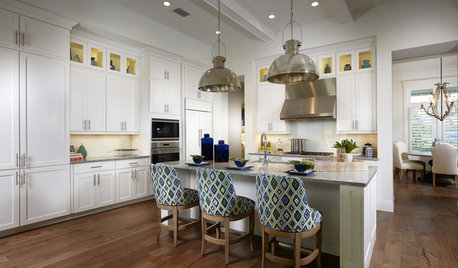
SHOP HOUZZShop Houzz: Large Kitchen Appliance Sale
Save up to 25% on modern ovens, ranges, cooktops, hoods, vents and more
Full Story0
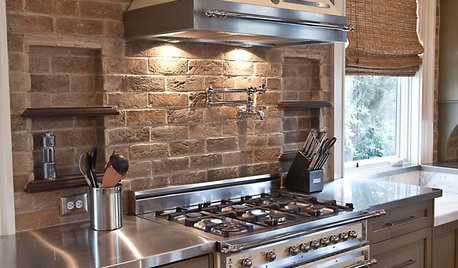
KITCHEN DESIGNYes, You Can Use Brick in the Kitchen
Quell your fears of cooking splashes, cleaning nightmares and dust with these tips from the pros
Full StoryMore Discussions







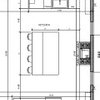



energy_rater_la